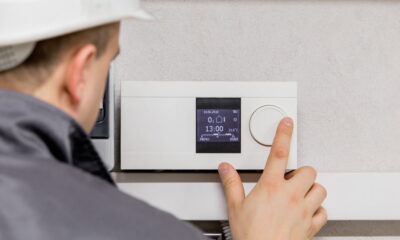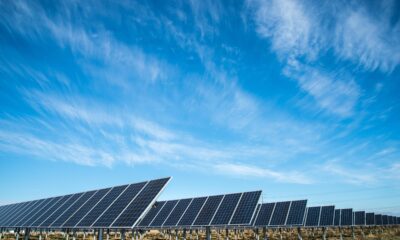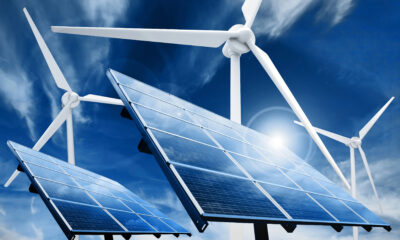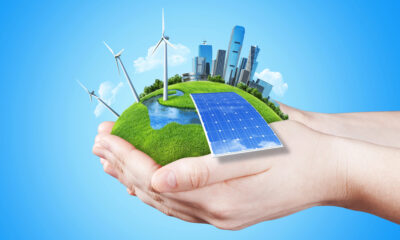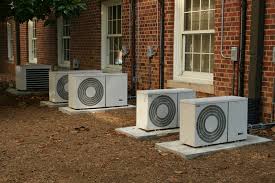

Energy
Increase Efficiency to Lower Carbon and Cost
When seeking ways to help the environment, lower carbon footprints start at home. The energy you use to run appliances and control the climate inside your abode has an impact on the ecosystem that, fortunately, can be reduced through some simple steps. Read on to learn a few things you can do to be a more environmentally conscious energy user.
Audit Your Castle
You can’t address problems you don’t know exist. That’s why the first thing you should do when looking for ways to increase the efficiency of your household is to get an energy audit for your home. Many local utilities offer homeowners audits at no cost. Having a professional assess your house for wasteful conditions caused by things such as bad or degraded insulation and window leaks could help you identify areas for improvement that the U.S. Department of Energy says could save you up to $600 in a year.
Homeowners who want more in-depth audits can opt to pay for a more rigorous check that usually costs between $300 and $500. The added expense covers more specific testing using specialized equipment and typically lasts several hours. Tax credits are often available as incentives for pursuing energy-efficient home improvements. Brian Castelli of the nonprofit Alliance to Save Energy points out that the cost is further justified by energy savings that could exceed 30 percent.
Pay Special Attention to Appliances
Appliances are big energy hogs that are often overlooked. Perhaps it’s because they’re designed to work without being thought about much. Whatever the reason, paying special attention to your home appliances is an important step to decreasing your carbon footprint.
Some ways to rein in appliance power consumption could include the following:
– Look for appliances that have been tested for energy efficiency and rated under the Energy Star program.
– Set your freezer’s temperature between 0 and 5 degrees Fahrenheit (-17.7 and -15 degrees Celsius) and your refrigerator’s temperature between 38 and 42 degrees Fahrenheit (3.3 and 5.5 degrees Celsius).
– Keep oven and refrigerator doors closed when in operation, opening them only when necessary.
– Check seals for refrigerators, freezers, and ovens to make sure they work properly.
– Use power strips that can be switched off to provide power to multiple devices that don’t need to remain on.
– If you’re not using a device or appliance, unplug it, especially if you won’t use it for a long period.
– Don’t run the dishwasher or washing machine for partial loads.
– Keep your dryer’s lint filter clear.
Have Your HVAC Checked
As the temperatures get hotter or colder, your resolve not to use your heat or air conditioning is likely to be tested severely. Even the notorious HVAC system can be coaxed into providing greater energy efficiency, so you can stay comfortable with minimal impact on the environment. Having heating and cooling experts check your system for proper performance and give it a tune-up could help keep it running as efficiently as possible. They may also be able to recommend more efficient options for your space that take advantage of modern advancements.
Every extra watt your home draws as a result of inefficiency puts a little more carbon into the environment. Doing your part to control your energy waste not only helps the planet, but also your wallet.


 Energy12 months ago
Energy12 months agoThe Role of Renewable Energy in Commercial Real Estate

 Environment8 months ago
Environment8 months agoAre Polymer Banknotes: an Eco-Friendly Trend or a Groundswell?

 Energy11 months ago
Energy11 months agoHow Energy Referral Programs are Saving The Planet… And Your Bank Account!

 Environment9 months ago
Environment9 months agoEco-Friendly Home Improvements: Top 7 Upgrades for 2025
